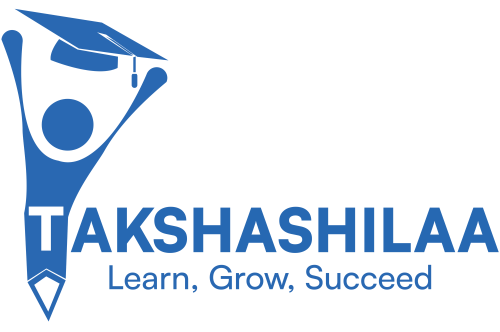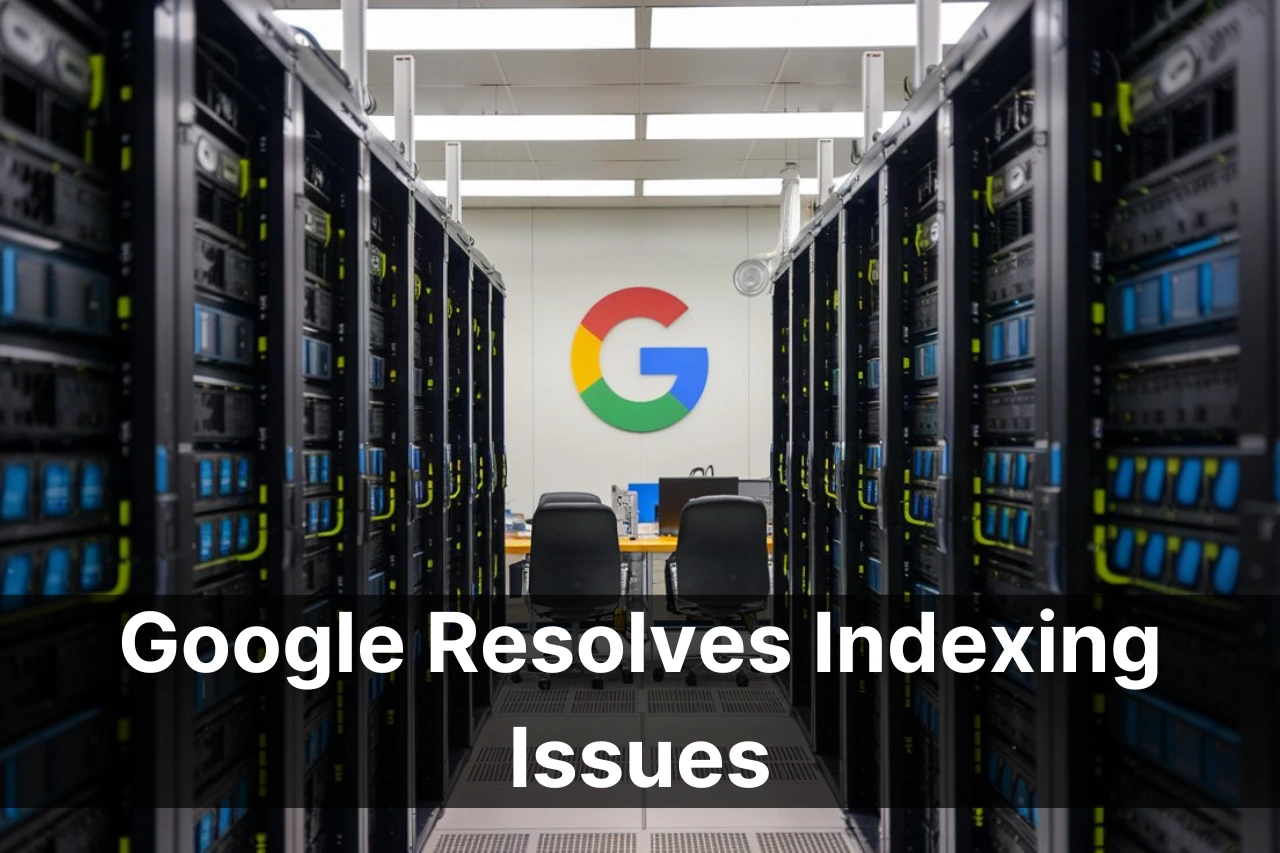The digital landscape thrives on visibility, and proper Google Indexing Issues is the cornerstone of ensuring your content reaches the right audience. Recently, webmasters encountered significant challenges due to indexing issues, causing widespread concern across industries. Google has now resolved these problems, bringing relief to website owners and SEOs alike. Here’s everything you need to know about the issue, its resolution, and how to optimize your site for seamless indexing.
What Were the Google Indexing Issues?
Google indexing issues impacted websites in multiple ways:
- Delayed indexing of newly published pages.
- De-indexing existing content, affecting search rankings and visibility.
- Reduced traffic as content failed to appear in Google search results.
These issues hit e-commerce platforms, blogs, and corporate sites particularly hard, disrupting business operations and marketing efforts.
How Did Google Address the Problem?
Google acknowledged the indexing issues via its Search Liaison on social media, keeping users updated as they worked on fixes. The resolution involved technical updates to its indexing systems, which are now fully functional.
Timeline of the Fix:
- The issue was first reported in late November.
- Google rolled out fixes within days, restoring indexing capabilities by early December.
Impact on SEO and Website Performance
While the issue has been resolved, the aftermath highlights the importance of regular SEO audits and performance monitoring. Unaddressed indexing problems can:
- Hamper your organic traffic growth.
- Affect your rankings for targeted keywords.
- Delay the effectiveness of marketing campaigns.
How to Ensure Proper Indexing Moving Forward
1. Use Google Search Console Effectively
- Regularly check the Index Coverage Report for errors.
- Submit sitemaps and use the URL Inspection Tool to identify indexing issues.
2. Optimize Technical SEO
- Ensure your website has a clean structure and optimized robots.txt file.
- Avoid crawl errors by fixing broken links and redirects.
- Implement schema markup for better search result display.
3. Focus on High-Quality Content
- Publish relevant and engaging content targeting SEO keywords like “Google indexing,” “SEO visibility,” and “improve organic traffic.”
- Refresh outdated content to maintain relevance.
4. Monitor and Improve Site Performance
- Enhance your page loading speed and ensure mobile responsiveness.
- Use tools like PageSpeed Insights to optimize user experience.
Related Issues and Long-Term Strategy
What to Do If Your Content Still Isn’t Indexed?
Even with the issue resolved, some pages may face indexing delays. Here’s what you can do:
- Check for manual penalties in Google Search Console.
- Use fetch-as-Google and request indexing for priority content.
- Audit your backlinks to ensure quality references.
How This Affects Your SEO Strategy
- Prioritize fixing indexing errors as they occur.
- Leverage SEO tools like Ahrefs or SEMrush to monitor keyword performance.
- Stay informed about Google updates to adapt quickly.
Watch Growth – Make SEO a Priority
The recent Google indexing issues highlight the critical role of SEO in maintaining website visibility. As Google continues to refine its algorithms, website owners must prioritize high-quality SEO strategies to stay competitive.
If you’re looking for professional help, consider partnering with SEO experts to achieve sustainable growth. Whether it’s content optimization, technical SEO, or keyword research, investing in expert services ensures your site remains visible and relevant.
For more insights, stay tuned to our blog and take your SEO efforts to the next level.
Frequently Asked Questions
What is Google Indexing?
Google indexing is the process by which Google analyzes and stores website data for display in search results. Proper indexing is essential for website visibility.
Why Was My Page Not Indexed?
Common reasons include technical errors, poor content quality, or algorithm changes. Use tools like Google Search Console to diagnose and fix issues.
How Can I Improve Indexing?
Focus on technical SEO, submit an updated sitemap, and publish high-quality, keyword-rich content.

